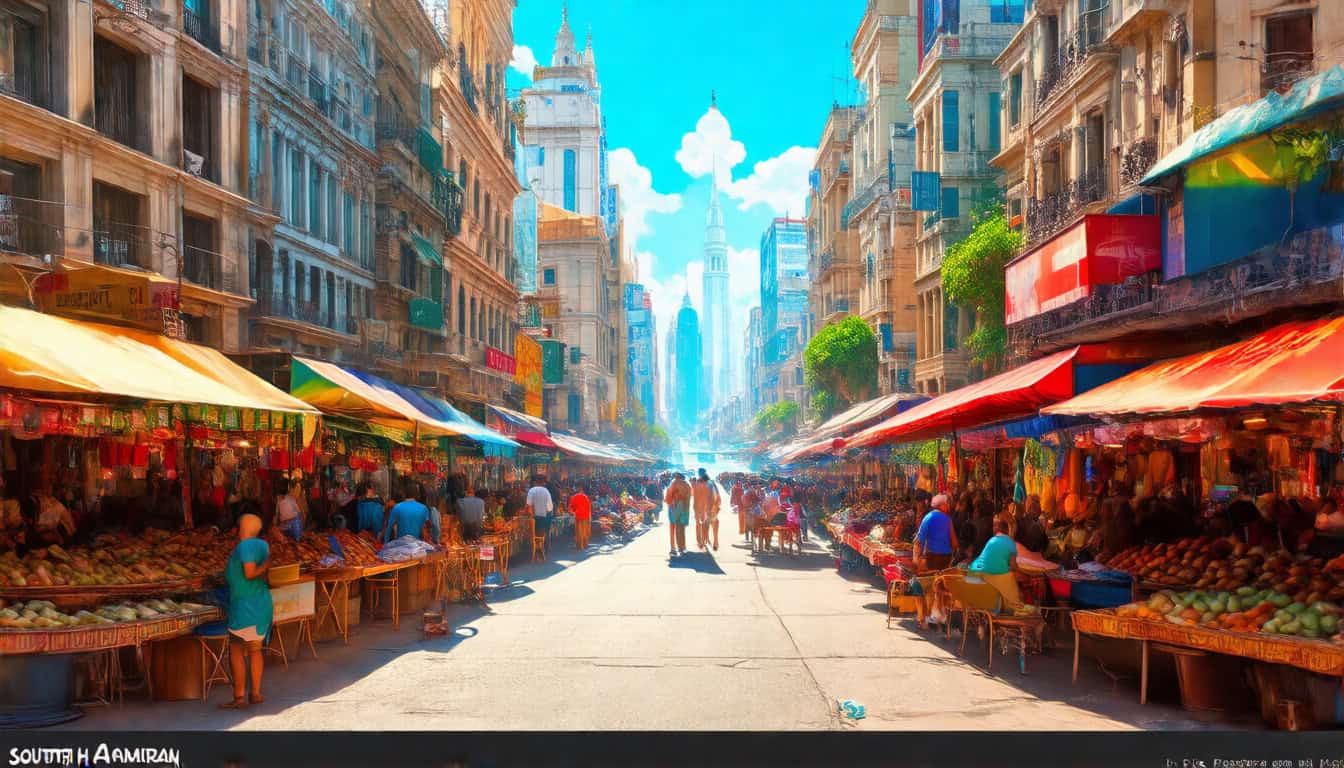Beyond the City of Lights: Unveiling Paris’s Most Treacherous Neighborhoods and Safety Secrets
Paris enchants visitors with its timeless charm and world-renowned art. Its museums, like the Louvre, hold proof of the beauty the human soul can create through art. Yet, in recent years, violent crime has risen sharply in some areas of the city. Understanding where these dangerous zones lie and how to stay safe can make a big difference for anyone planning to visit or stay in Paris.
Rising Crime Rates in Paris
Violence in Paris has climbed steadily. Official records from 2023 report that violent crime and sexual assault increased by more than 30%. Cases of domestic violence surged even higher, with a 36% rise in recent years. Such alarming rates have forced the French government to rent hotels to provide shelter for victims of abuse. Gang violence also poses a threat. At one point, three teenagers below 18 years old were killed in a single neighborhood due to gang conflicts.
When compared to other European capitals, Paris ranks higher on various violent crime measures. For example, murder rates per 100,000 people stand at 2.1 in Paris, whereas cities like Rome, Berlin, or Warsaw have figures below 1.1. Burglaries and assaults also occur more frequently in Paris, with nearly 400 burglaries and 2,700 assaults per 100,000 residents. Although car theft is common in several large cities, Stockholm surpasses Paris in this crime, showing 1,800 car thefts per 100,000 people.
Crime in Paris does not spread evenly. Some districts suffer more than others, especially following events like the 2023 riots. The danger from these episodes sometimes moves across the city or to other cities in France. Knowing which areas to avoid is key for safety.
Understanding Paris’s Layout: Arrondissements and Their Reputation
Paris divides itself into 20 administrative districts called arrondissements. These districts spiral outward from the city center, resembling the shape of a snail’s shell. This system, known as “l’Hexagone,” helps orient visitors and locals alike.
The first arrondissement, right at the core, holds the Louvre Museum and many restaurants. It remains one of the safest and most touristic parts of Paris. Nearby districts, such as the 2nd with its financial area or the 4th home to the Notre Dame Cathedral, also attract many visitors without much trouble.
On the other hand, the city’s north and east edges hold more risk. These areas often see more serious crimes including murder and rape. Generally, the closer one goes toward the northern and eastern suburbs, the less safe it becomes, especially when traveling near Saint-Denis, a separate city within greater Paris. While these patterns hold true for serious crime, exceptions exist, so awareness and caution remain important everywhere.
Four Arrondissements You Should Avoid
If you want to steer clear of trouble, four districts stand out as especially dangerous.
-
The 18th Arrondissement, including neighborhoods like Goutte d’Or and Porte de la Chapelle, has become a hotspot for crime. Drug trafficking thrives here, particularly crack cocaine, which fuels violence. The area has also witnessed acts of terrorism and some ethnic conflicts.
-
Close by is the 19th Arrondissement, known for drug-related crimes and gang violence. A deeply troubling case in 2023 involved finding a woman’s dismembered body in a park. Earlier, the brutal rape and murder of a 12-year-old girl shocked the city. At night, especially, walking alone here can pose risks.
-
The 20th Arrondissement, including neighborhoods like Belleville, is increasingly dangerous due to drug-related violence. The former mayor had plans to open "shooting galleries" here — safe places where drug users could consume narcotics — to try to reduce street problems. This controversial idea highlights the challenges faced by the area.
-
The 10th Arrondissement features a famous canal and a vibrant scene of bars and restaurants, but it also sees its share of criminal activity. Pickpockets and thieves often target visitors, particularly near transit hubs and during protests or demonstrations. If a protest occurs, tensions can rise quickly, and remaining alert is essential.
Staying Safe in Paris: Practical Tips
If you do visit Paris, outright fear should not stop you from enjoying the city’s beauty and rich culture. Many come and have memorable, trouble-free experiences. Still, knowing how to avoid trouble can help you stay safe.
- Avoid walking alone at night in the north and east districts. If you must cross these areas, take a taxi or use reliable ride services.
- Be cautious around protests or demonstrations, which can turn unpredictable.
- Keep personal belongings secure and avoid flaunting valuables, especially in crowded places or near tourist spots.
- Watch your surroundings carefully. Pickpockets often work in teams and target unsuspecting visitors.
- Use luggage storage services instead of carrying bulky bags around. Traveling light can reduce the chance of theft.
The Lure of Paris Still Shines Bright
Despite recent rises in crime, Paris remains a city worth visiting. Its museums, architecture, and cuisine draw people from around the world. Understanding the risks and knowing which neighborhoods to avoid lets you focus on the wonderful parts of the city.
If you plan to stay longer, researching your accommodation location carefully can add peace of mind. Choose neighborhoods known for safety and local activity instead of high-crime zones.
Final Thoughts
Paris’s beauty coexists with its darker side. Crime concentrated in a few districts reminds visitors to remain vigilant. The 18th, 19th, 20th, and 10th arrondissements demand caution. Taking practical steps to protect yourself will create a safer and more enjoyable visit.
Always balance caution with an open mind. Seeing Paris’s art, culture, and vibrant life firsthand reveals why it remains a treasured capital in Europe. With some care, your time in the City of Lights can be full of wonder and free of harm.






